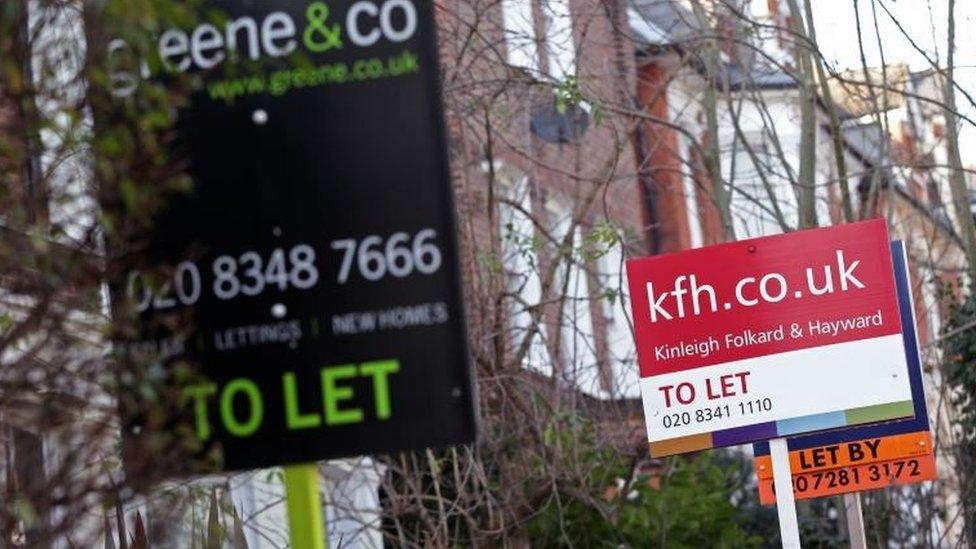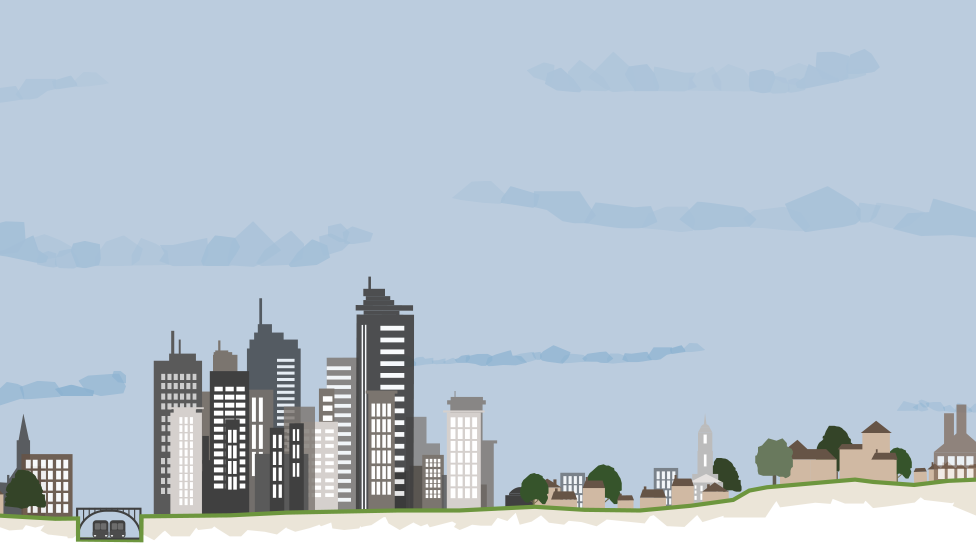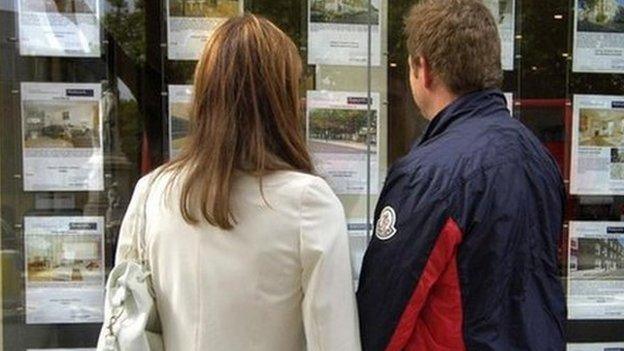Buy-to-let slump after stamp duty change
- Published

Mortgage activity in the UK buy-to-let sector has halved since the introduction of a stamp duty surcharge, figures show.
Since April 2016, anyone buying a buy-to-let property or a second home has had to pay a 3% stamp duty surcharge.
Some 71,100 loans were advanced for house purchases by landlords in the year since the tax change, the Council of Mortgage Lenders figures show.
This compares with 142,100 loans in the previous 12 months.
'Attractive deals'
Since April 2016, landlords have faced a 3% surcharge on stamp duty - or Land and Buildings Transaction Tax in Scotland - if they already owned another property. There have also been changes to what landlords can claim in tax relief.
Simon Bennett, a landlord from Belfast with 35 properties, said the extra tax only affected some purchases, but was coupled with banks being very reluctant to lend.
"They had their fingers burnt before, so they are not lending," the 40-year-old said.
There was a big spike in mortgage lending for house purchases in the buy-to-let sector in March 2016, followed by a significant drop off.
The latest figures are the first indication of the first full year since the tax change was made. Landlord house purchases have stayed low but first-time buyer mortgages have started to pick up. The CML expects this trend to continue.
"As we head into the summer, both first-time buyer and remortgage lending [are] expected to maintain momentum in the light of the very attractive deals currently available," said Paul Smee, director general of the CML.
However, first-time buyers still face significant challenges, not least strict affordability rules and a requirement to find thousands of pounds for a deposit.
Despite competition between lenders pushing down mortgage rates to record lows, existing owners are also facing pressures from rising clothing and energy prices. The UK's inflation rate rose last month to its highest since September 2013, at 2.7%.
Following a survey by mortgage lender L&C Mortgages, it estimated that 2.5 million people have been forced to make significant cutbacks to reduce their spending in order to afford their mortgage payments.

- Published9 July 2020

- Published16 May 2017

- Published11 May 2017
